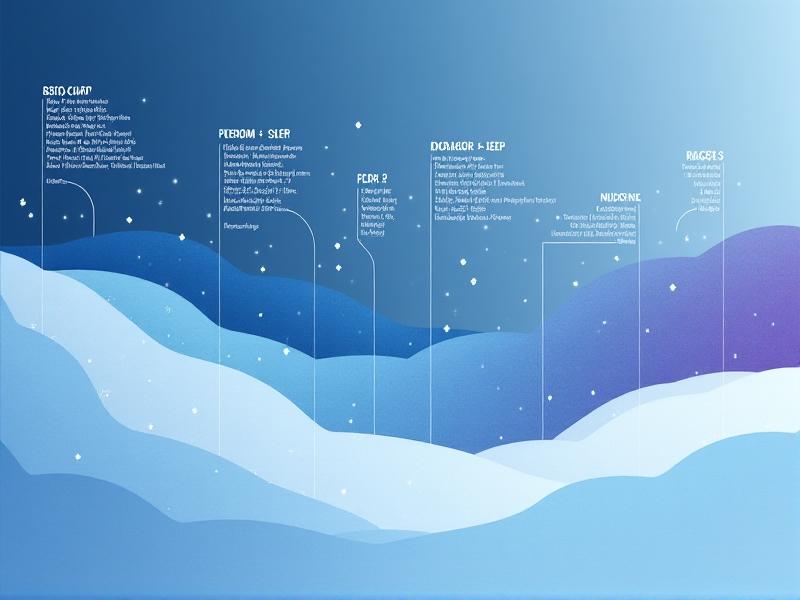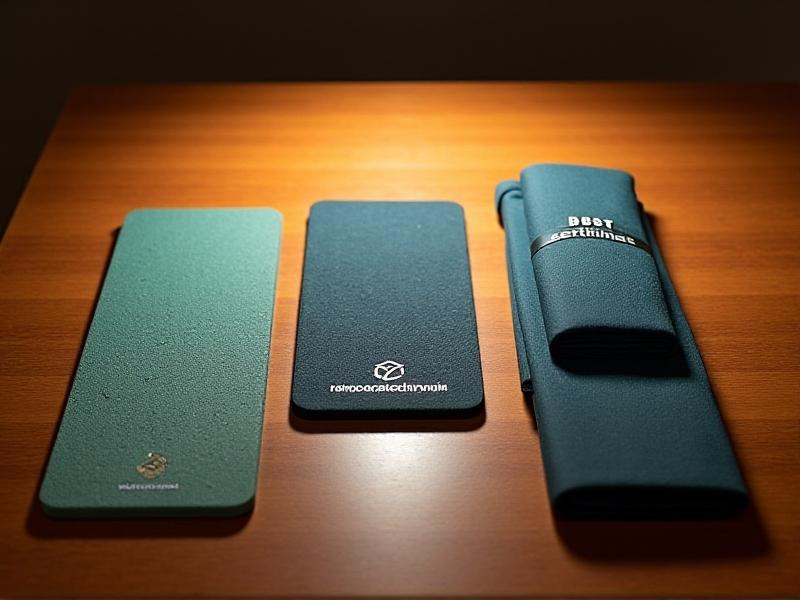Blue Blocking Glasses Transition Plans
The Science Behind Blue Light and Eye Strain
Modern lifestyles demand hours of screen time, whether for work, entertainment, or social connection. But the blue light emitted by digital devices has become a silent antagonist in our daily lives. Blue light, part of the visible light spectrum with wavelengths between 380–500 nanometers, is pervasive. Unlike warmer hues, its high-energy waves penetrate deep into the eye, potentially causing retinal strain and disrupting circadian rhythms. Studies, such as those from Harvard Medical School, link excessive blue light exposure to suppressed melatonin production, leading to sleep disturbances and fatigue.
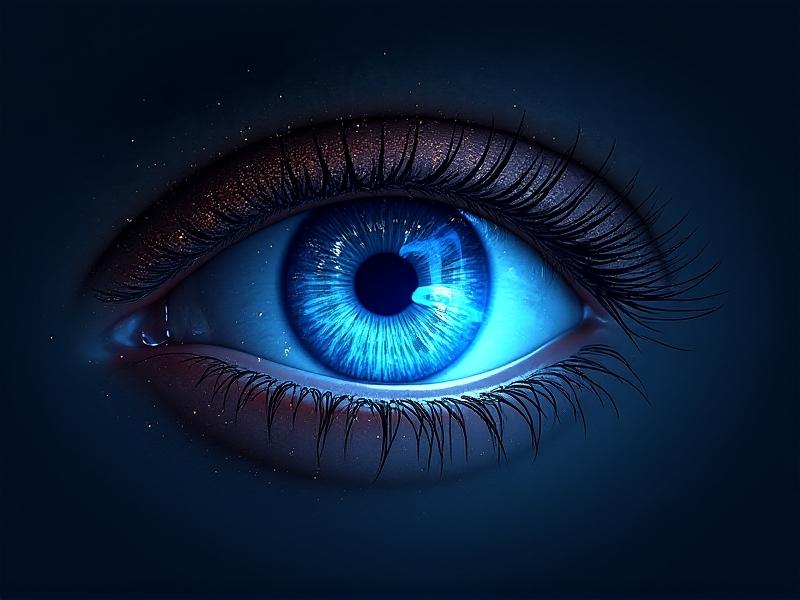
While not all blue light is harmful—natural sunlight also contains it—the problem lies in prolonged, close-range exposure from LEDs and screens. Symptoms like dry eyes, blurred vision, and headaches, collectively termed "digital eye strain," affect nearly 60% of adults. Blue blocking glasses, with lenses coated to reflect or absorb these wavelengths, act as a filter. By reducing the intensity of blue light reaching the eyes, they aim to alleviate discomfort and support healthier sleep patterns, especially when used during evening screen use.
Why Transition Plans Are Essential for New Users
Imagine diving into cold water—the shock can be overwhelming. Similarly, abruptly wearing blue blockers for 12 hours a day might strain the eyes or cause disorientation. Transition plans ease users into adapting to the tinted lenses, which alter color perception and ambient light processing. For some, the amber or yellow tint can feel unnatural initially, leading to headaches or dizziness. A gradual introduction allows the brain and eyes to acclimate without resistance.
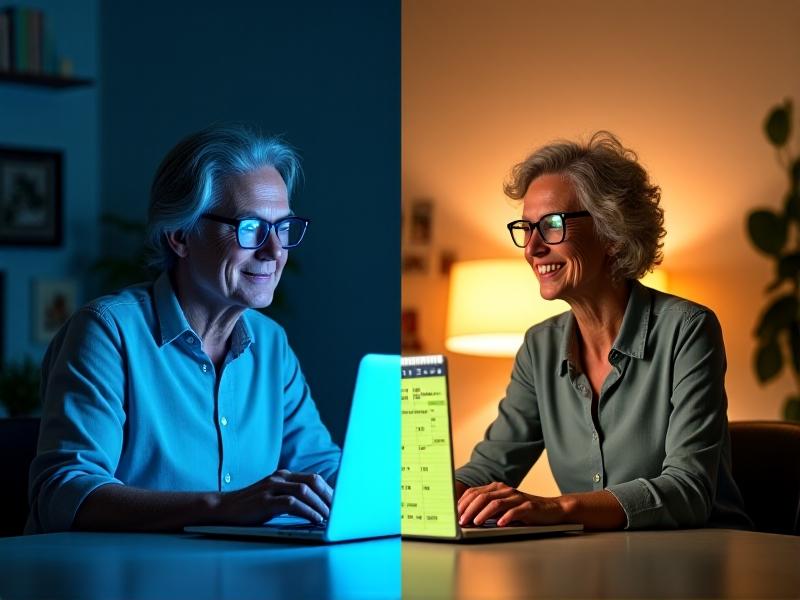
A structured transition also helps users identify the most impactful times to wear the glasses. For instance, prioritizing evening use aligns with minimizing melatonin disruption, while daytime wear could focus on high-screen workloads. Skipping this phase risks abandoning the glasses altogether due to discomfort. Personalized pacing, much like building a fitness routine, turns adaptation into a sustainable habit rather than a chore.
Building a Personalized Transition Schedule
Creating an effective transition plan starts with self-assessment. Track daily screen time using apps like Moment or built-in device analytics to pinpoint high-exposure periods. Begin by wearing blue blockers during shorter, low-intensity sessions, such as reading emails or watching a 30-minute show. Gradually increase usage by 1–2 hours every few days, prioritizing times when blue light’s impact is strongest—like late-night scrolling or gaming marathons.
Pair the glasses with other eye-care habits, such as the 20-20-20 rule (looking 20 feet away for 20 seconds every 20 minutes) or adjusting screen settings to warmer color temperatures. Flexibility is key: a remote worker might need daytime wear, while a night-shift worker could focus on post-sunset hours. Apps like f.lux or Iris Tech can automate screen adjustments, complementing the glasses’ effects. Regularly reassess comfort and visual clarity, tweaking the schedule as needed.
Integrating Blue Blockers into Work and Leisure
Blue blockers aren’t just for office hours. Integrate them into gaming, streaming, or even outdoor activities where artificial light is prevalent. For remote workers, wearing the glasses during virtual meetings reduces glare from screens and overhead lighting. Pair them with ergonomic adjustments—like monitor distance and brightness—to maximize comfort. In leisure settings, use blue blockers during late-night movie sessions to prevent post-binge fatigue.
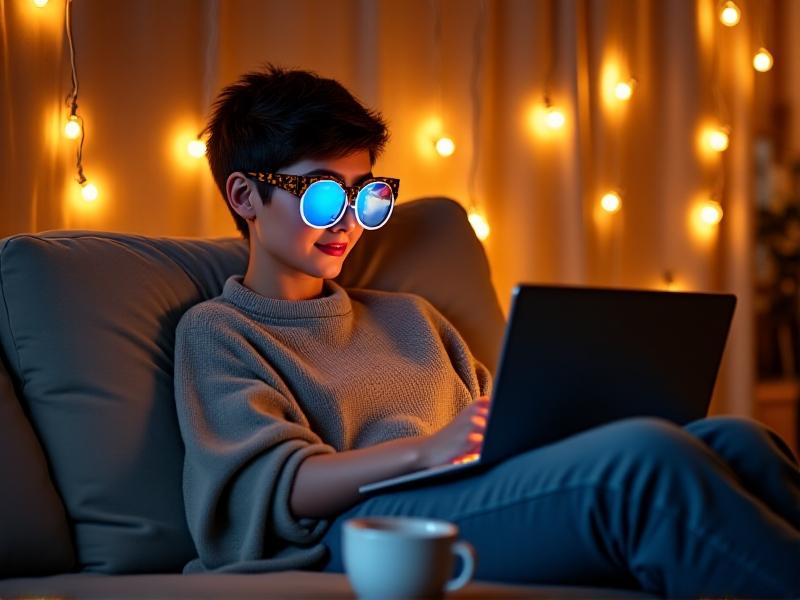
Social settings pose unique challenges. Transparent or lightly tinted lenses are ideal for public outings, offering blue light protection without the amber hue. Keep a dedicated case in your bag for on-the-go transitions. For gamers, consider glasses with anti-glare coatings to enhance contrast during fast-paced action. The goal is to make blue blockers a seamless part of your routine, not an interruption.
Choosing the Right Blue Blocking Glasses
Not all blue blockers are created equal. Lens effectiveness is measured by the percentage of blue light filtered—options range from 10% (subtle tint) to 95% (deep amber). For daytime use, clear lenses with 20–40% filtering reduce glare without distorting colors. Evening users might prefer 70–90% amber lenses for maximum melatonin protection. Frame choice matters, too: lightweight materials and adjustable nose pads prevent discomfort during long wear.
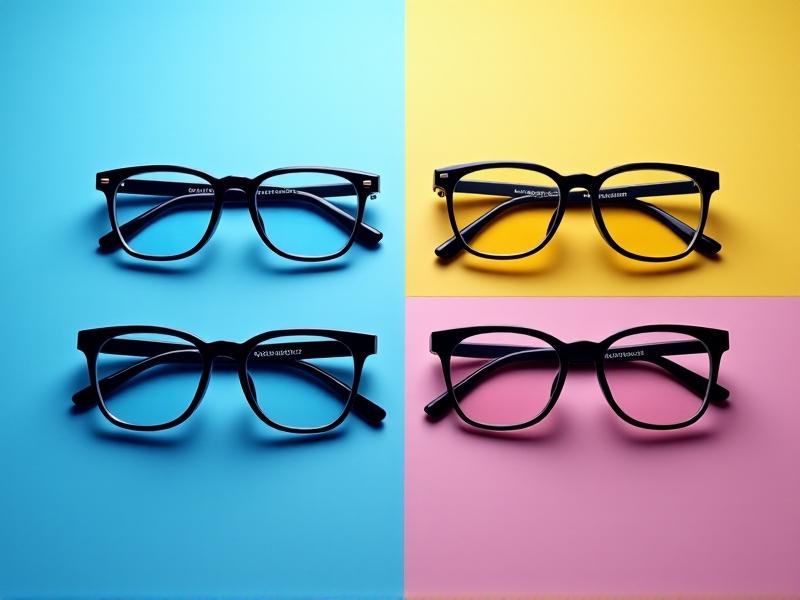
Brands like Felix Gray, Gunnar, and Warby Parker offer options tailored for fashion and function. Consult reviews or try virtual try-on tools to gauge fit. For prescription users, ensure compatibility with your vision needs. Remember, the right pair should feel as natural as your favorite sunglasses—functional without sacrificing personal style.
The Future of Blue Light Management
Innovation is reshaping blue light defense. Smart glasses with dynamic tint adjustment, activated by ambient light sensors, are in development. Researchers are also exploring UV-free blue light filters for clearer daytime lenses. Meanwhile, workplaces increasingly adopt blue light reduction policies, offering subsidies for protective eyewear. As augmented reality (AR) devices gain traction, integrating blue blocking into AR lenses could become standard.
Ultimately, the goal isn’t to demonize screens but to foster a balanced relationship with technology. As blue blocking glasses evolve from niche gadgets to mainstream essentials, personalized transition plans will remain critical in helping users adapt mindfully. By staying informed and proactive, we can embrace digital life without compromising well-being.




